
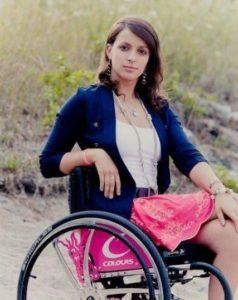 Editor’s Note: Last year, twenty-two-year-old Victoria Arlen signed both a talent contract with ESPN and a major book contract, after winning three silver medals and one gold in swimming in the 2012 Paralympics.
Editor’s Note: Last year, twenty-two-year-old Victoria Arlen signed both a talent contract with ESPN and a major book contract, after winning three silver medals and one gold in swimming in the 2012 Paralympics.
She has come light years from being diagnosed with Transverse Myelitis and Acute Disseminated Encephalomyelitis at age 11. During the peak of her illness, she was in a vegetative state for 2 years and later woke up in 2009 to a body where she could hear and understand conversation but had no way to communicate.
Then, one day she made eye contact with her mom Jacqueline. After using a wheelchair for six years, Victoria finally took her first step in 2015. Here’s Victoria’s story and how she reached higher goals than she ever dreamed.
A Mother’s Fight for Her Daughter with Jacqueline Arlen
We had a 6 year old son when I became pregnant with triplets, including Victoria and her brothers, William and Cameron. When the babies were born, everything was as normal as it could be having four small children at home.
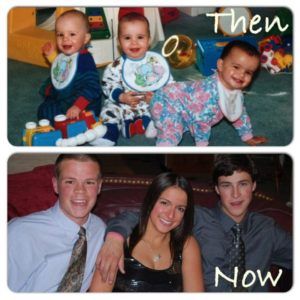
Victoria has two brothers, and an active, loving family.
Until Victoria was 11, she was a happy child. Then she got sick after experiencing frequent colds and pneumonia. On April 29, 2006, Victoria woke up with terrible stomach pains. We thought she had a stomach virus, but the doctors thought she had appendicitis and operated on what proved later to be a healthy appendix.
The operation was extremely stressful on Victoria’s body, and the doctors thought she had some type of autoimmune disease.
Victoria went into a vegetative state where she had occasional sleep and awake cycles. From 2006-2009, she was much like a 2-year-old. The doctors didn’t have any answers to Victoria’s condition. I went everywhere and researched all the information I could find to try and understand what was happening to Victoria, and what we could do to help her get better.
See Victoria Discuss Her Experience at a TEDx Event
In 2010, I decided if modern medicine didn’t have the solution to Victoria’s problem, then I’d try holistic medicine and supplements to help her body get healthy.
She was having myoclonic seizures – brief, shock-like jerks of a muscle or a group of muscles that were very painful. Slowly Victoria began to speak and hold her head up. In 2010, she learned to read again. She had to do physical therapy to get her hands to properly function and to be able to hold a pen and write.
Victoria always loved the water and had been on the swim team before her illness. Victoria’s brothers threw her into our pool in 2010, and she realized when she was swimming, she was free of her chair. So, she trained for the 2012 Paralympic Games.
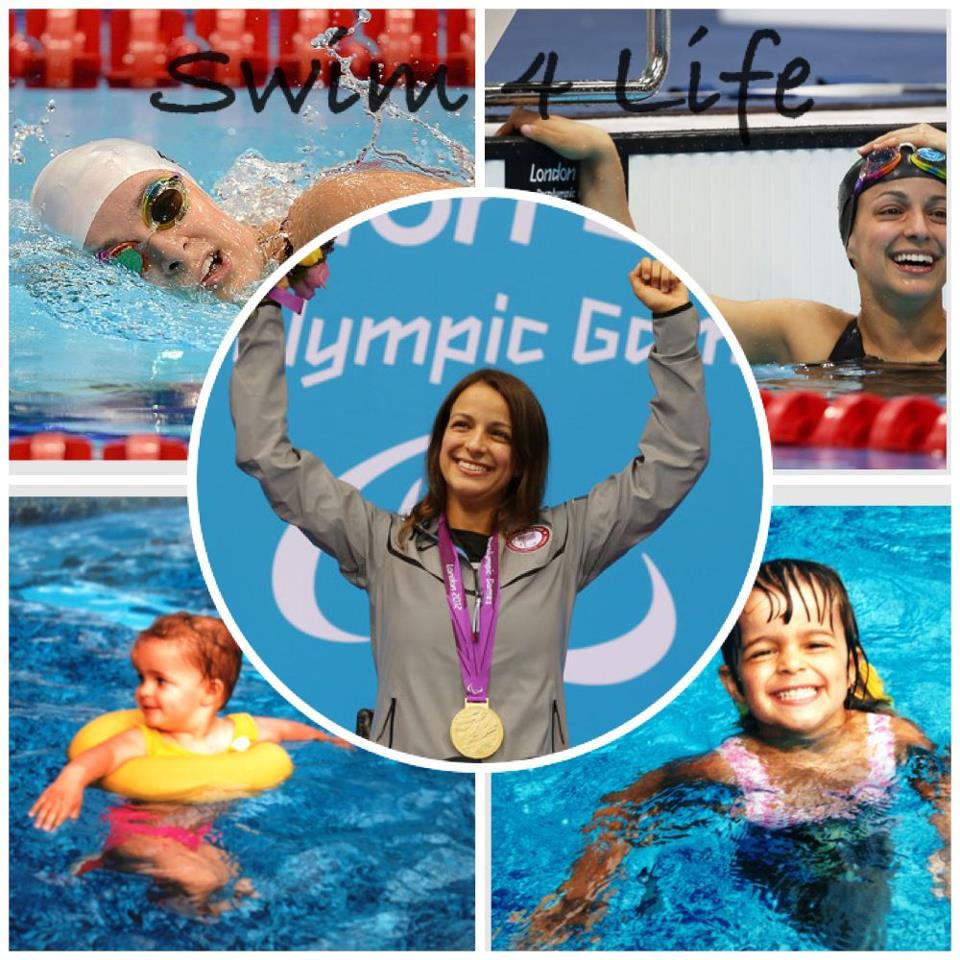
Victoria was in a wheelchair from 2010 until 2016. We learned during that time that she had transverse myelitis and acute disseminated encephalomyelitis that had caused swelling in her brain and spinal cord, paralyzing her from the belly button down.
For therapy, we went to Project Walk in San Diego that used the Dardzinski Method, an activity based therapy, to help Victoria regain function and learn to walk.
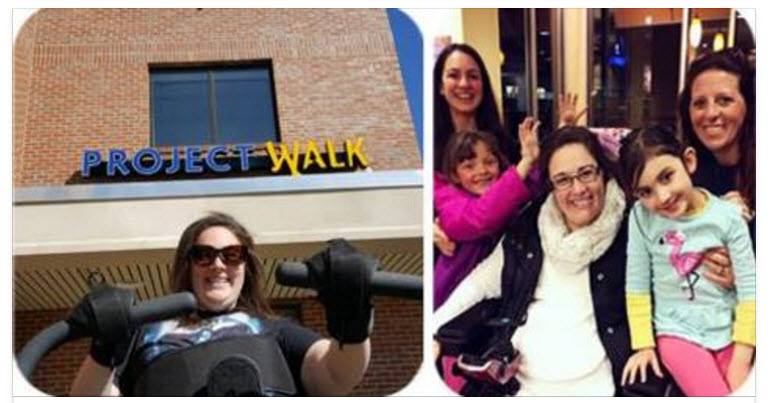
Katie is just one of the many people served by Project Walk Boston.
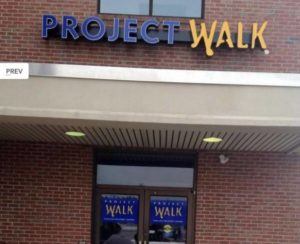 Jacqueline Mortgaged Her Home to Give Others the Same Dream
Jacqueline Mortgaged Her Home to Give Others the Same Dream
Then we opened Project Walk Boston in January, 2014, by mortgaging our home. By October, 2015, she supported herself with crutches and leg braces and left her wheelchair. Victoria said then that even standing was scary. By March, 2016, she initiated steps and walked with leg braces and no crutches, finally eliminating leg braces.
The process of going from a wheelchair to being able to walk wasn’t as easy as it sounded.
Victoria trained hard at Project Walk Boston, 5-6 days per week, several hours a day. After winning her Paralympic medals, Victoria also began a motivational speaking career and joined a speakers’ bureau.
Victoria’s Talent is Discovered by ESPN
Her agent contacted her in March, 2016, and told her that ESPN was searching for a speaker for the security department at ESPN. Victoria did several interviews with ESPN people. One lady suggested she job shadow some ESPN people.
Next she was given the opportunity to do a job assignment with the 2016 Special Olympics and then hosted the closing ceremonies.
ESPN offered Victoria a 1-year contract as on air talent, and she just renewed her contract with ESPN for 2017 as on air talent. She’ll cover the X-Games in Aspen, Colorado. She’s traveling to Austria for the Winter Olympics and the Special Olympics.
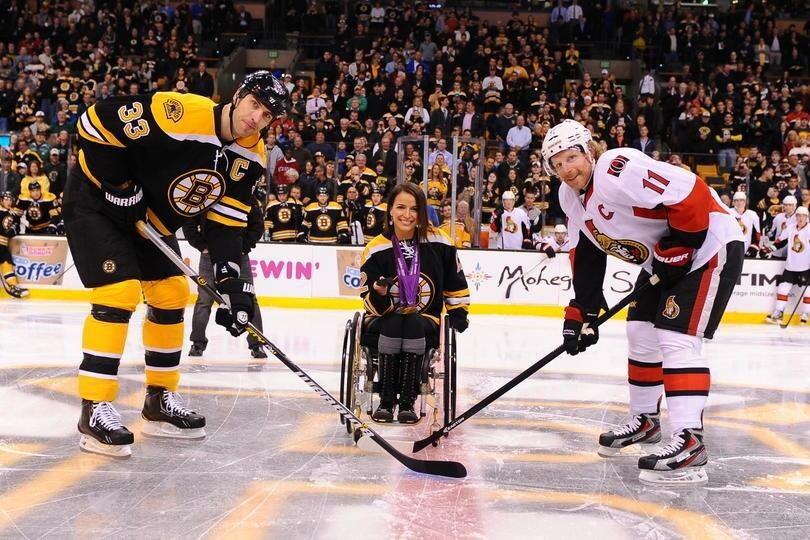
Besides working for ESPN, Victoria is attending college online through Southern New Hampshire University, due to a bad turn in her health in 2016, keeping her from going away to college.
She’s just completed her first screen play as a writer. Her book is scheduled to be published at the end of February, 2017.

Project Walk Boston and Victoria’s Recovery by John Minahan
Editor’s Note: John Minahan, the assistant facility manager at Project Walk Boston, was team leader there for 1-1/2 years. Besides having a degree in kinesiology, he’d been on active U.S. Army duty from 2007 until the opening of Project Walk Boston in January, 2014.
After getting out of the active army, I had a comfortable job sitting behind a desk in an office, but I quickly learned I wasn’t wired for office work. One day I got a random email with job postings in our area, and one of the jobs was for Project Walk Boston.
My background, education and training fit perfectly to Project Walk Boston, and I learned I’d be able to help people with disabilities at this job.
After viewing some of the YouTube videos about Project Walk, I was so inspired that I made the decision that I needed to be part of this. I interviewed for the job in August, and in November, I went out to train at Project Walk in California. At that time, the location for the Project Walk Boston facility hadn’t even been acquired. Jacqueline Arlen took a leap of faith in hiring me, and I took a leap of faith in going to work for her.
I knew I needed to be helping people and wanted to make a positive difference in people’s lives.
The philosophy for Project Walk is: we take over and continue to rehabilitate people with disabilities where physical therapy and occupational therapy stop.
Many people with disabilities leave hospitals and go home in their wheelchairs. But at Project Walk Boston, we get them out of their wheelchairs as soon as possible. We don’t want these individual’s bodies to take the shapes of their wheelchairs. We get them up and moving in ways they haven’t with conventional physical therapy training.
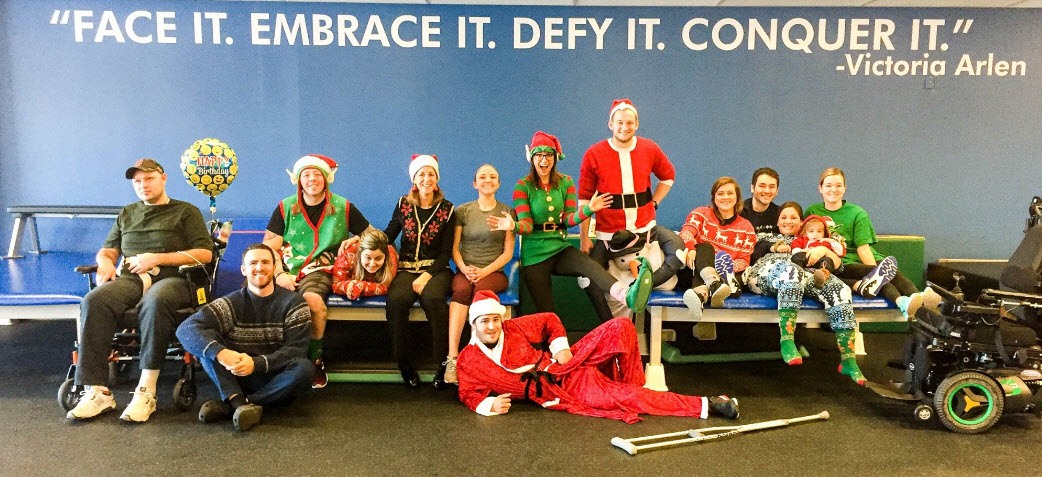
Although now an administrator at Project Walk, I still go on the training floor and help people. The biggest strides I’ve ever seen a person with a disability make is Victoria Arlen. I worked with Victoria 3 hours per day, 5 days per week. When I wasn’t working with her, she was working on her own.
Our program’s goal is to reconnect a person’s brain with their muscles and develop muscle memory by stimulating a muscle and getting a twitch, a contraction, a spasm or some type of movement. But when we stimulated Victoria’s muscles, nothing happened.
So, we started working on Victoria’s core muscles and found different ways to allow Victoria to stand, while we exercised her core muscles. As a result, today, Victoria is walking without crutches.

She still comes in once or twice a week, jumps rope, does box jumps, runs, pulls a weighted sled, dead lifts 135 pounds and squats with 135 pounds on her shoulders.
This young lady had no function from her belly button down to her toes when she first started working with Project Walk.
We found different ways to get Victoria’s core engaged in various types of activities. For instance, I’d put a harness around her waist, and the workouts I had her doing were workouts a person normally would do standing. Since she couldn’t stand, I’d give her the support to do an exercise. Then without her knowing, I’d give her less and less support, so her body could take over the movement with muscle memory.
Many people don’t understand how muscle memory can cause the body to perform a certain task without requiring the brain to seemingly engage, like a pitcher throws a baseball 90 mph and hits the center of the catcher’s mitt, without having to think about how to engage all the muscles required to perform that task. Most highly trained athletes rely more on muscle memory to succeed than they do on conscious thought.
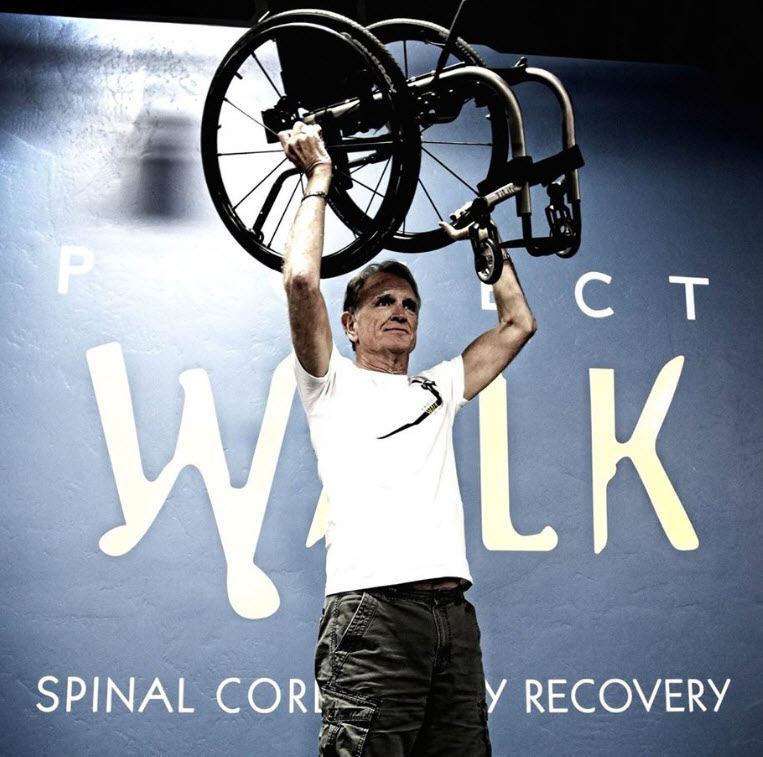
At Project Walk Boston, we take training muscle memory all the way back to how the body and the person develop. When a baby rolls from its back to its stomach, everyone gets excited. Project Walk calls that type of movement, developmental activity skills. So, we attempt to teach the patient who can’t roll over on his own how to roll over.
The next skill we teach is how to sit up and then develop the muscle memory for the person to get on his hands and knees. Next comes crawling, standing and walking – all developmental skills a person learns at birth.
Our clients who learn those skills gain more function, and their lives and their caregivers’ lives are easier.
These skills from training and having activity based recovery provide a tremendous morale booster for a person with little or no mobility. We support a person until he can support himself and complete those tasks on his own.
Through many of our exercises and workouts, we show our clients that they can engage muscles they haven’t even thought about using – perhaps in years. Often our clients surprise themselves when they see what they can do.

Project Walk Boston clients are very positive because of what they have accomplished and are accomplishing to regain function.
We’ve just acquired a new machine here at Project Walk Boston called a robotic gait training device. When we harness someone in this machine, it takes a great deal of weight-bearing off an individual’s body. The machine will cause the lower half of their bodies to move as though they’re walking across the room.
We’ve had individuals who have felt changing sensations after the first time they’ve used this machine.
In the past, we put individuals on a treadmill and had to use three trainers to help support the person. Before, after about 3 minutes on the treadmill, we’d have to stop the training, because our trainers would become so tired. This machine also helps the client break down spasms and get better muscle tone. We’ve had people stay on this machine for an hour and get 3,000 quality steps.
By using this machine, many of our patients have had positive changes in the use of their bladders and bowels, as well as, their muscle memory and their muscle tone.
 This machine also increases our client’s morale, because we put a mirror in front of the machine. Then the person actually can see his legs moving.
This machine also increases our client’s morale, because we put a mirror in front of the machine. Then the person actually can see his legs moving.
The machine is a G-EO System made by Reha Technology: www.rehatechnology.com/en/products/g-eo-system.
How to Get Involved with Project Walk Boston
To learn more about Project Walk Boston, you can go to the website at projectwalk.com/Boston/index.asp. For more information about Project Walk, check out www.projectwalk.com.
Enjoy Our Free Resources & Articles
 CURE NATION is designed with you in mind, to offer assistance and education when you need it through a personal support program.
CURE NATION is designed with you in mind, to offer assistance and education when you need it through a personal support program.
All of the information you find below and on our related social media pages is meant to guide you to places, topics and, resources that enhance your life, while also connecting you with a growing group of friends.
- Sign up for our free, CURE NATION e-newsletter to have our latest stories delivered directly to you, once a month.
- Get our FREE LIFESTYLE + TRAVEL BOOKS here.
- Have an idea you’d like to share? Let us know.
- Be sure to take a minute to meet our Cure Advocates too.
You may also enjoy:


